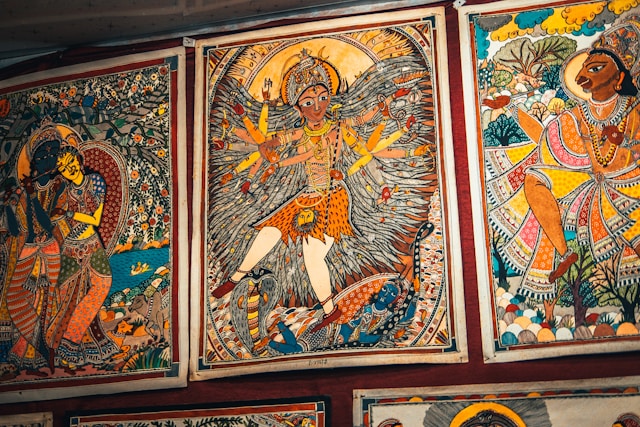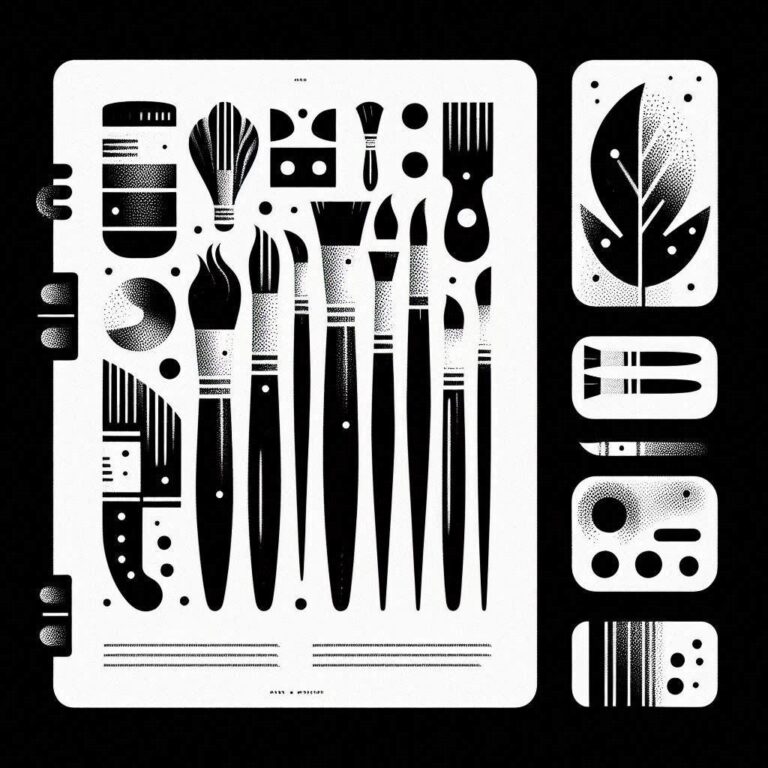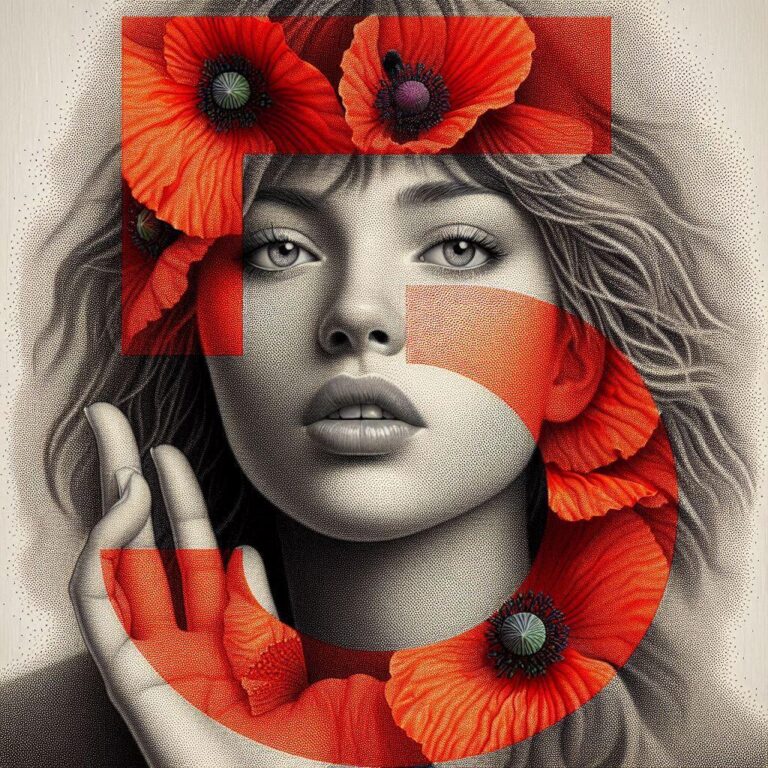
Title: A Journey Through Indian Art: From Ancient Marvels to Modern Expressions
Introduction:Indian art is a tapestry woven with threads of history, culture, and creativity. From the intricate carvings of ancient temples to the vibrant canvases of

Introduction:
Indian art is a tapestry woven with threads of history, culture, and creativity. From the intricate carvings of ancient temples to the vibrant canvases of modern artists, Indian art has continuously evolved, reflecting the country’s diverse traditions and changing influences. This article takes you on an insightful journey through the rich tapestry of Indian art, spanning ancient to modern times.
Ancient Indian Art (circa 2500 BCE – 1200 CE):
Medieval Indian Art (circa 1200 – 1800 CE):
Modern Indian Art (19th century – present):
Conclusion:
Indian art is a kaleidoscope of creativity that spans centuries and encompasses myriad styles, techniques, and emotions. From the intricate craftsmanship of ancient temples to the abstract expressions of contemporary artists, Indian art continues to evolve while holding steadfast to its roots. This journey through time and creativity showcases the cultural richness that has shaped India’s artistic legacy, leaving an indelible mark on the canvas of human heritage.

Introduction:Indian art is a tapestry woven with threads of history, culture, and creativity. From the intricate carvings of ancient temples to the vibrant canvases of

introduction Choosing the right painting brush size is essential for unleashing your artistic potential. However, understanding the dimensions and comparing different brush sizes can be

Are you ready to take your art to the next level? Hyperrealistic drawing is a technique that can help you create stunning works of art

© Copyright 2024 Chromadec.com